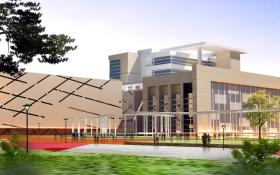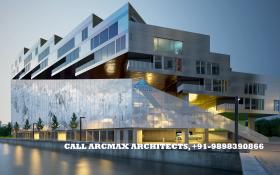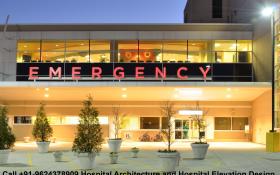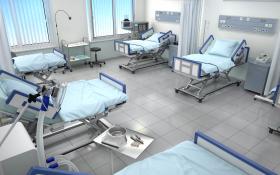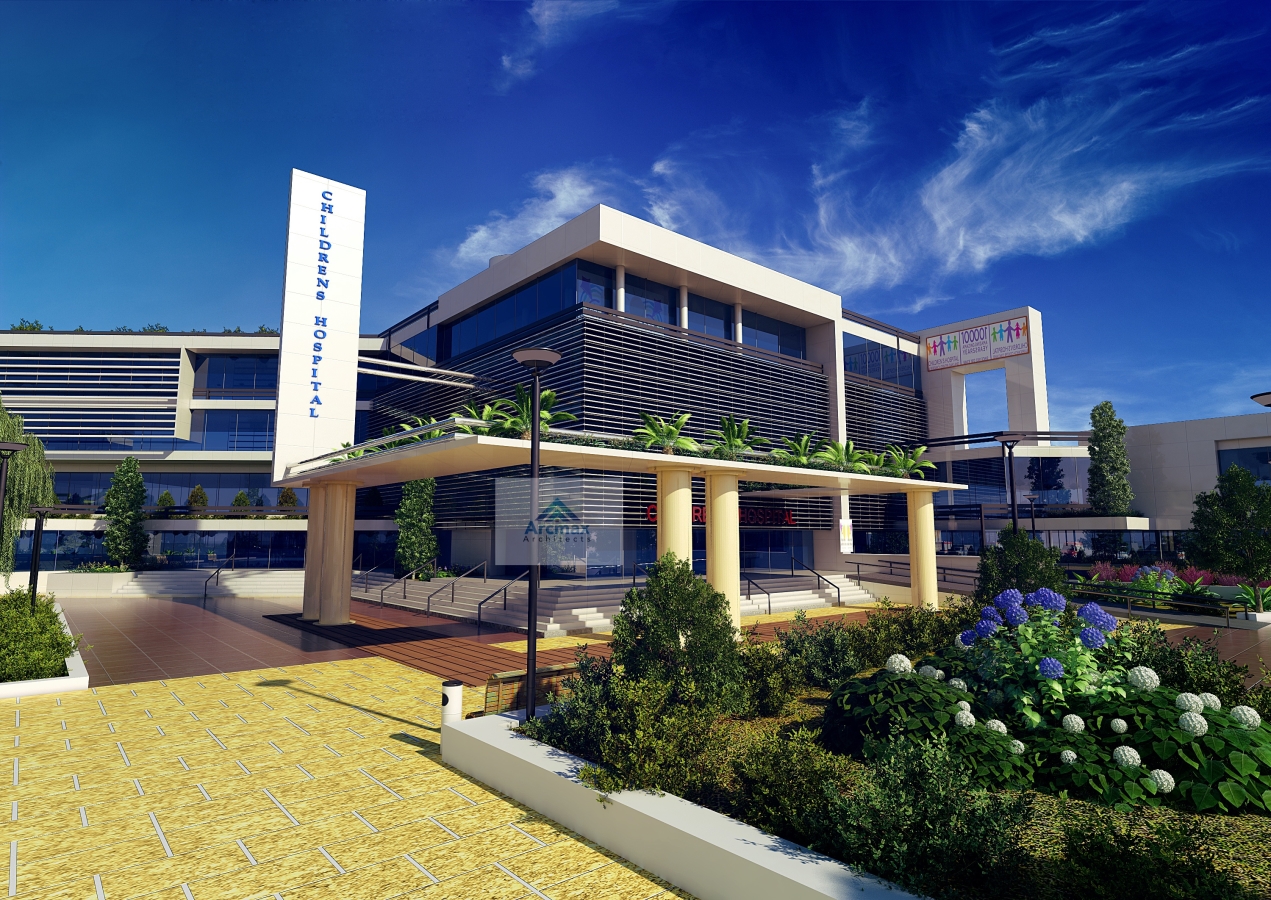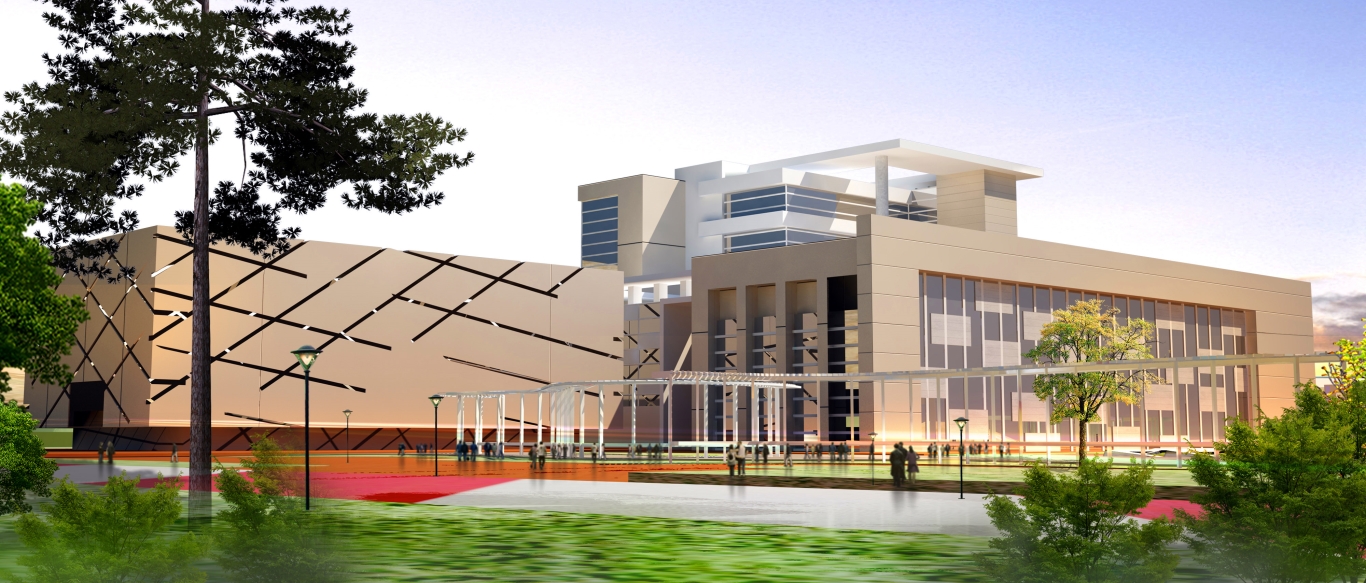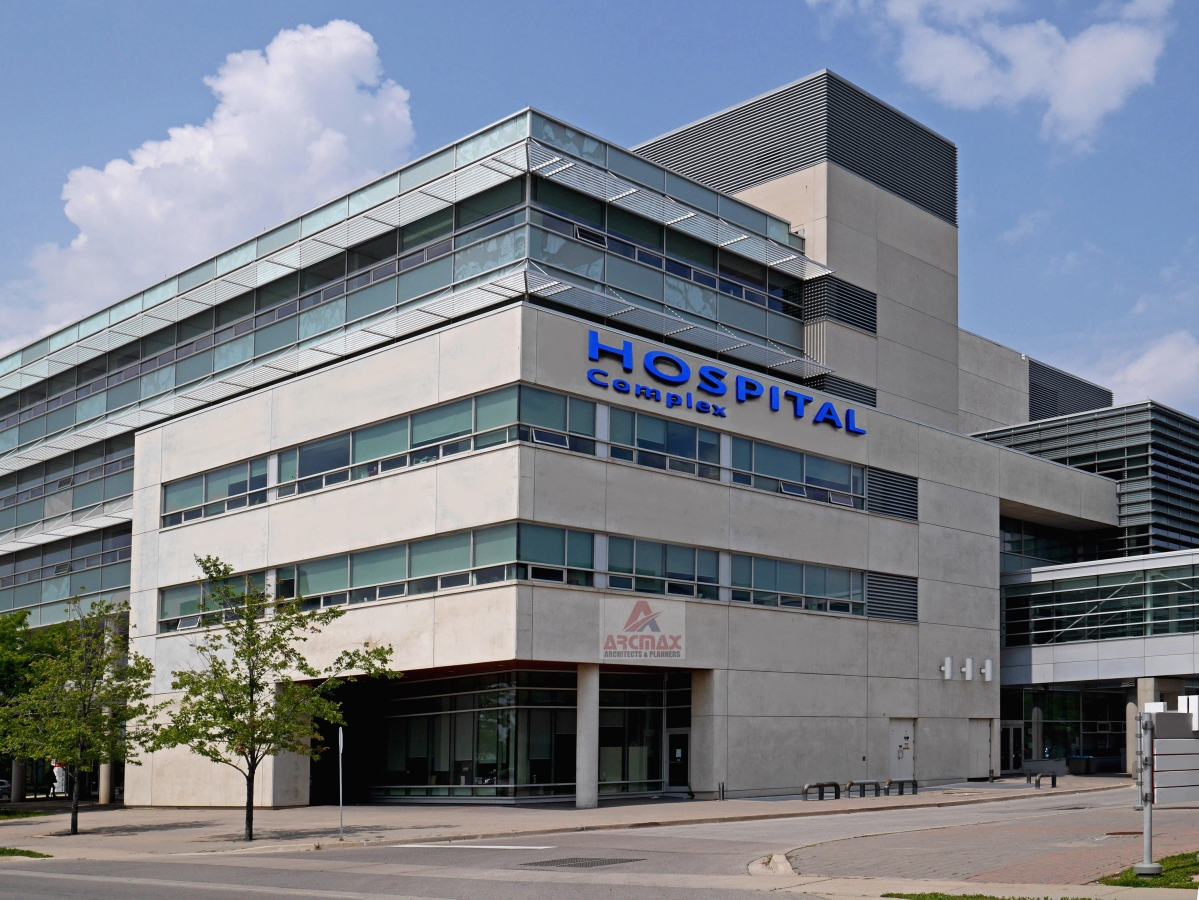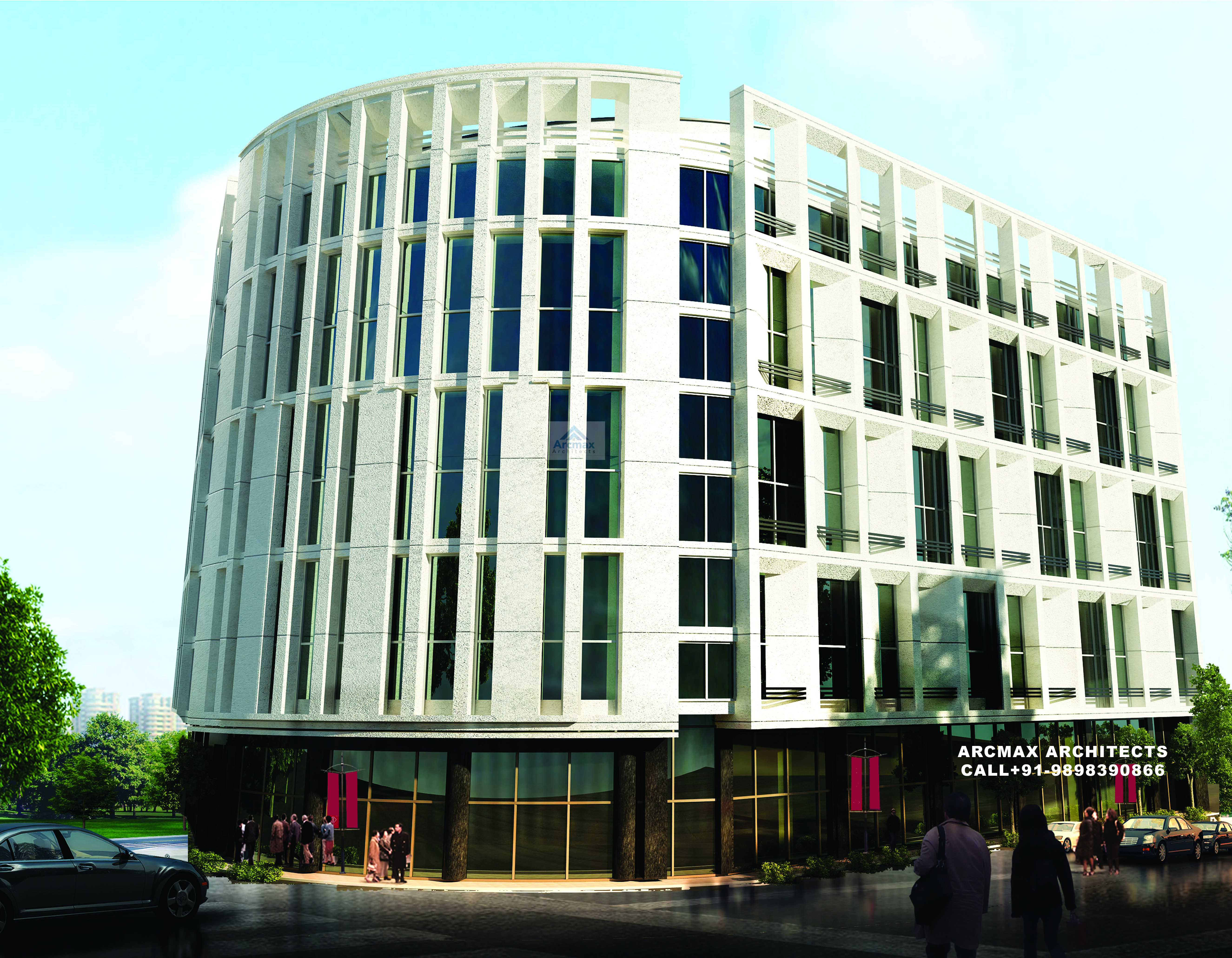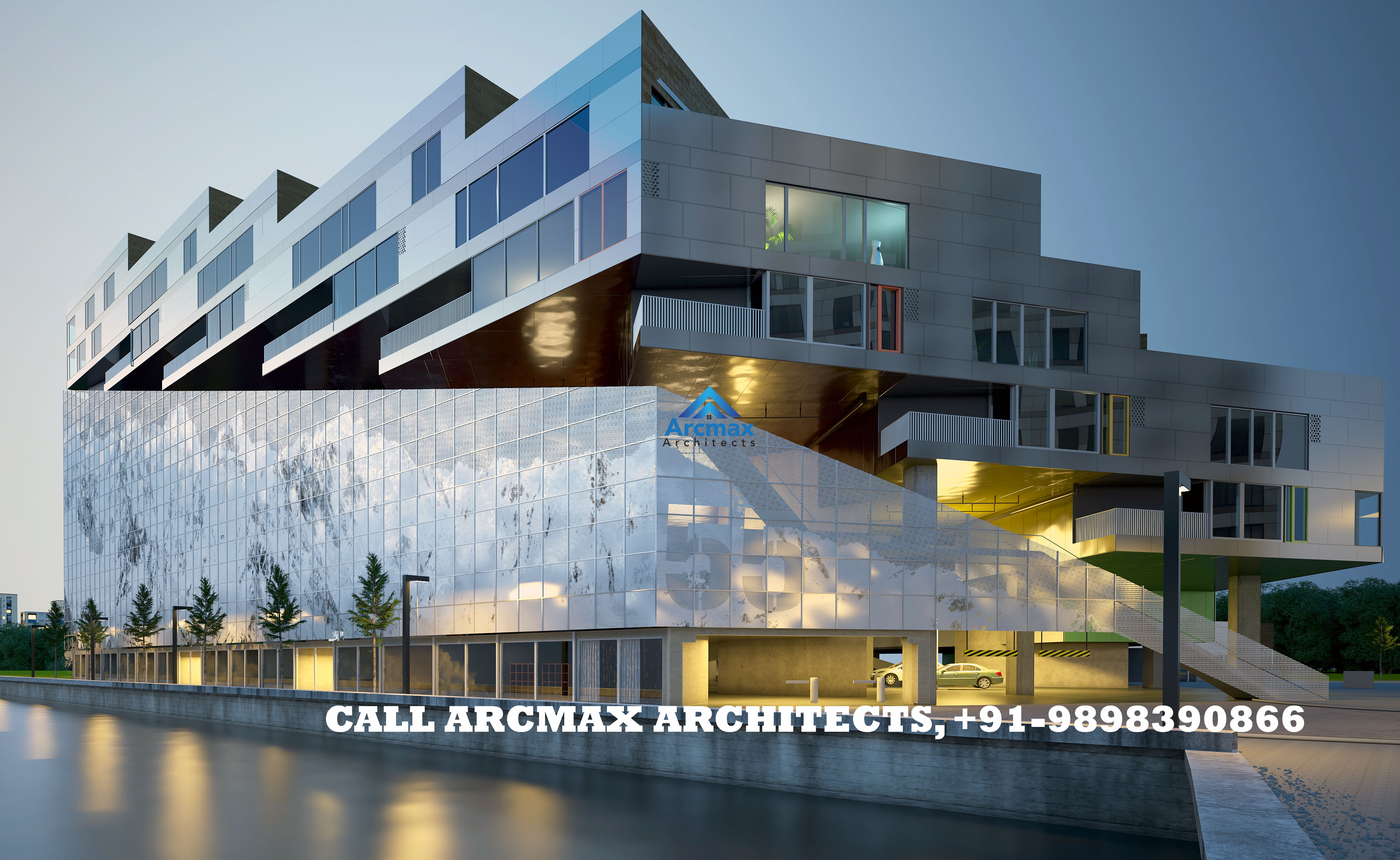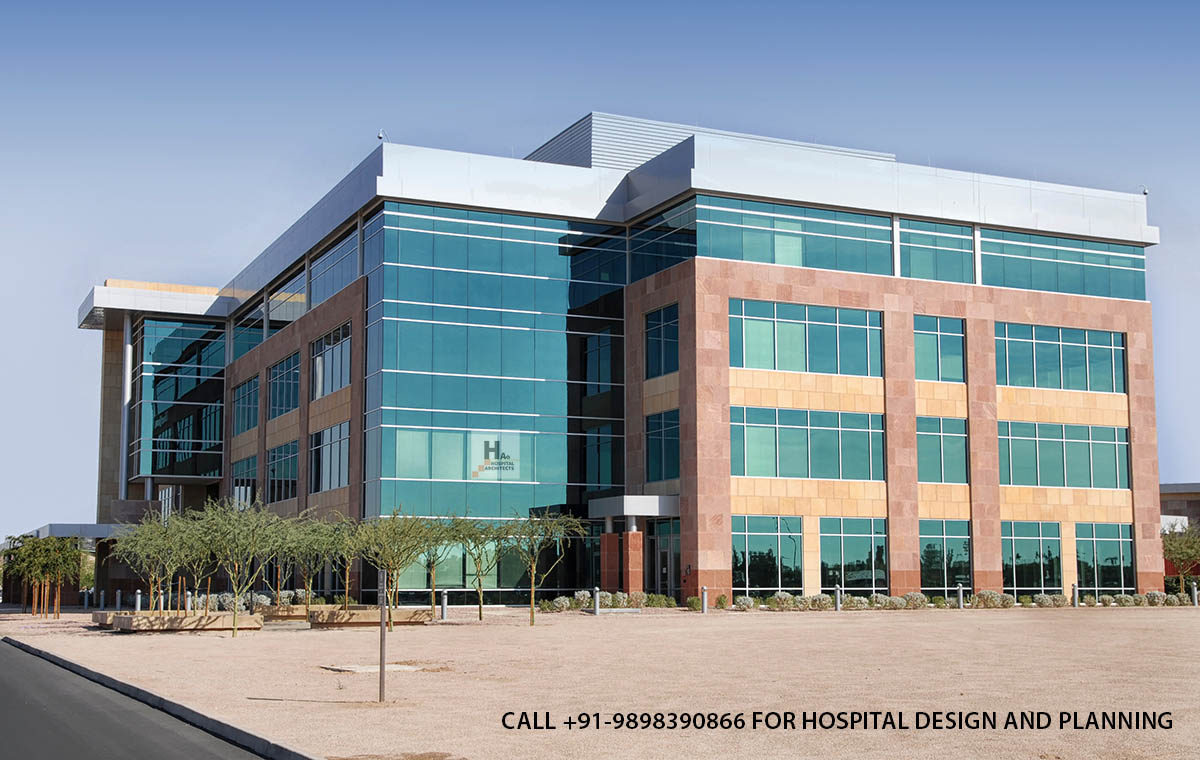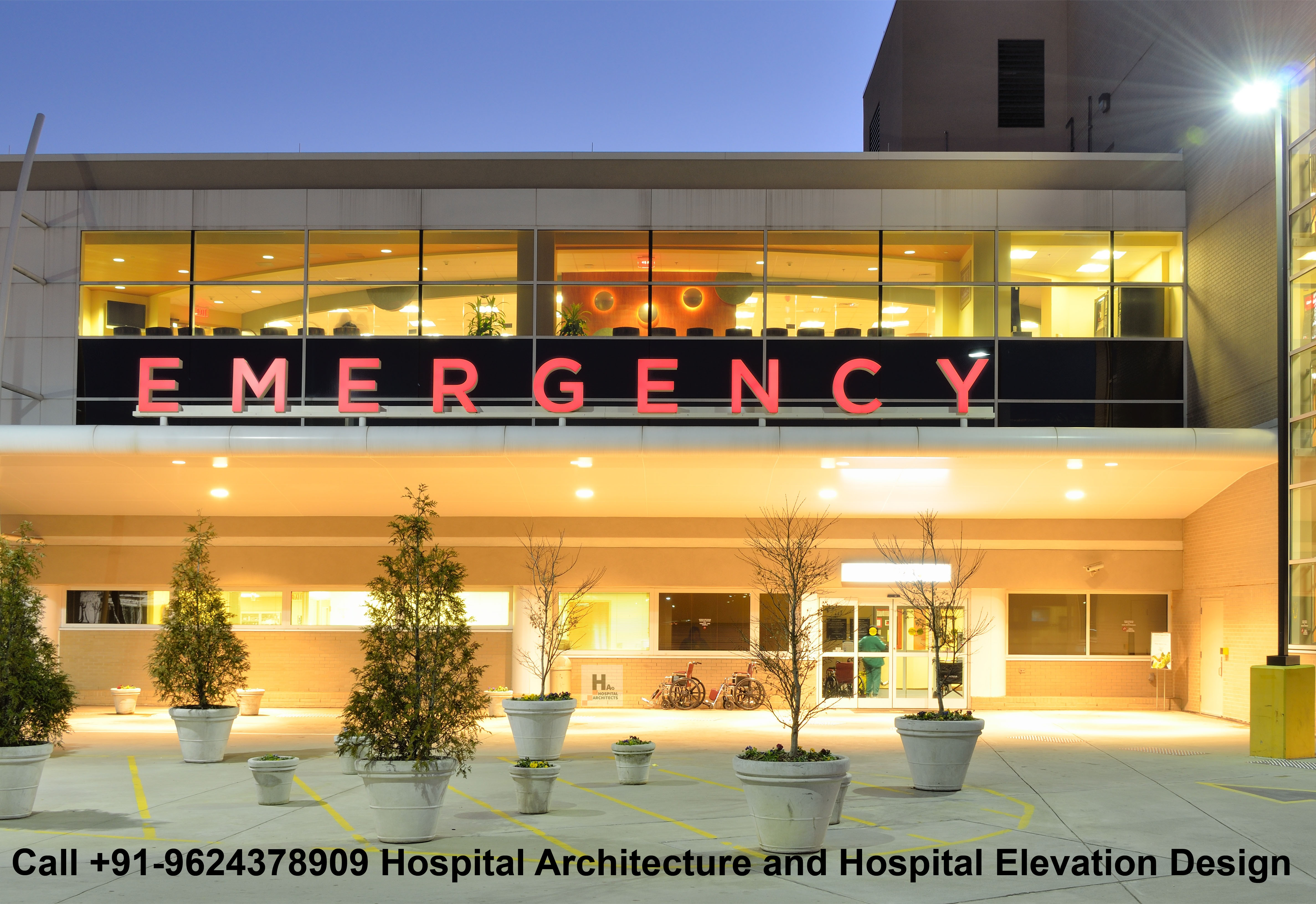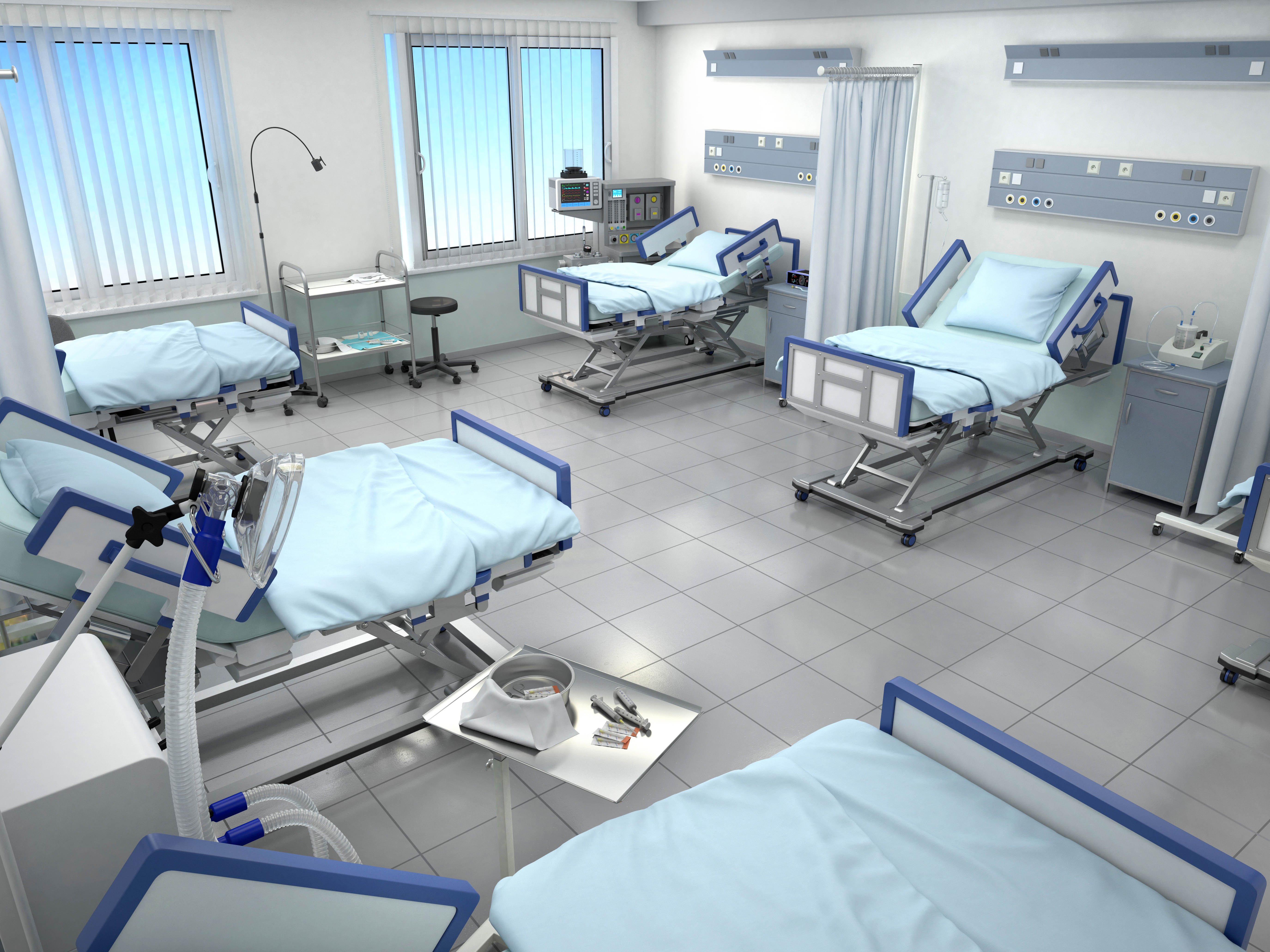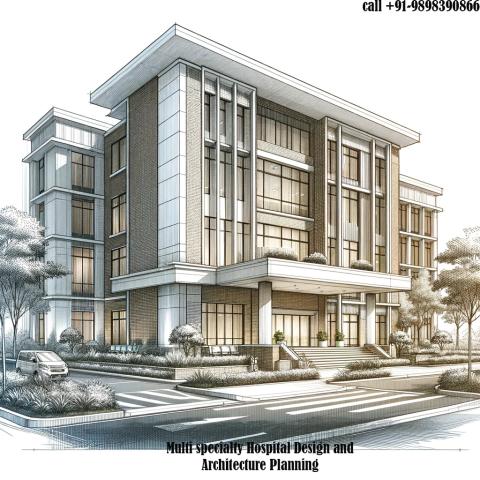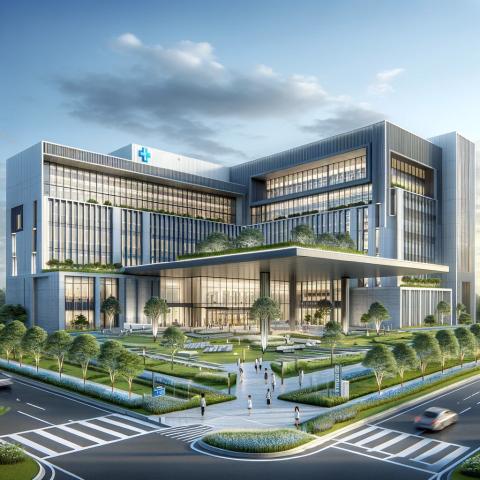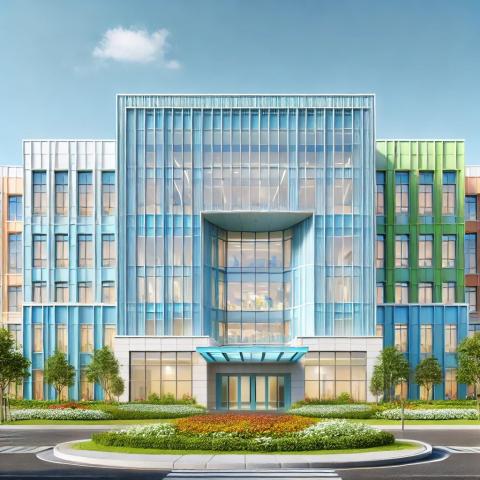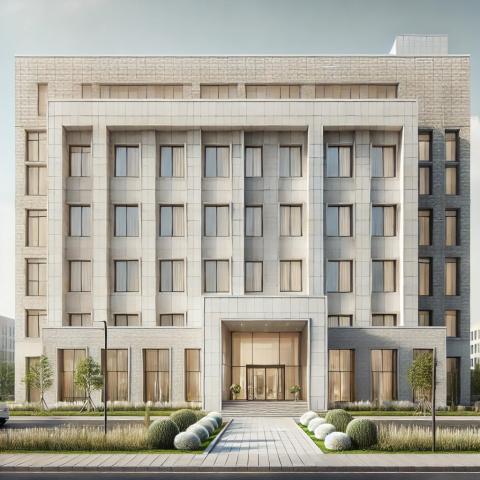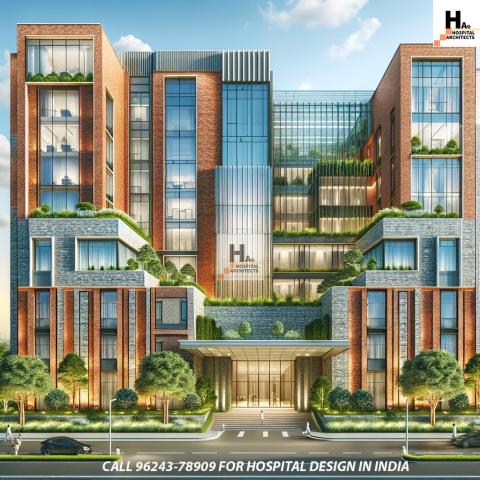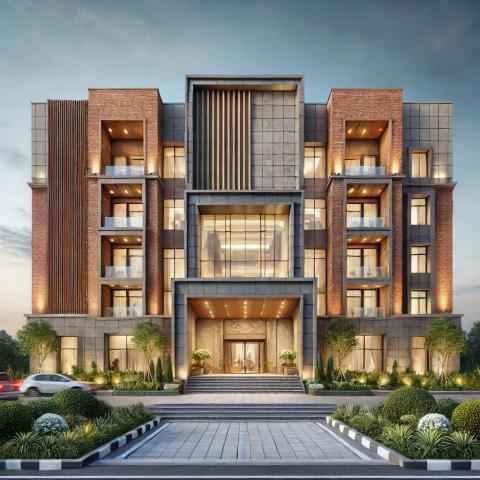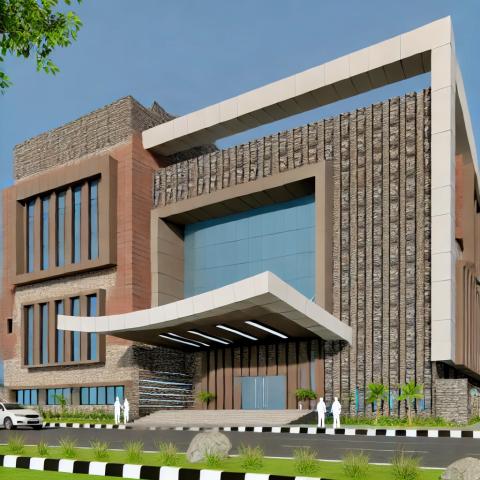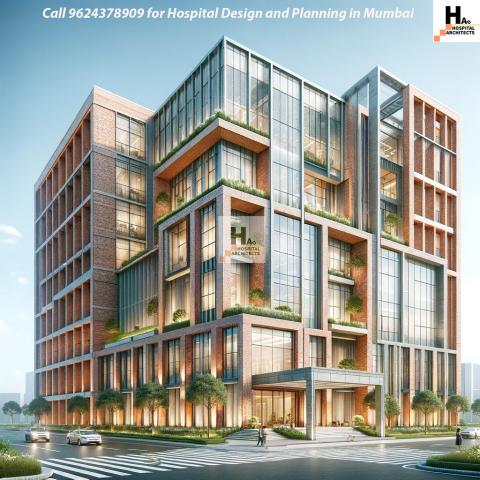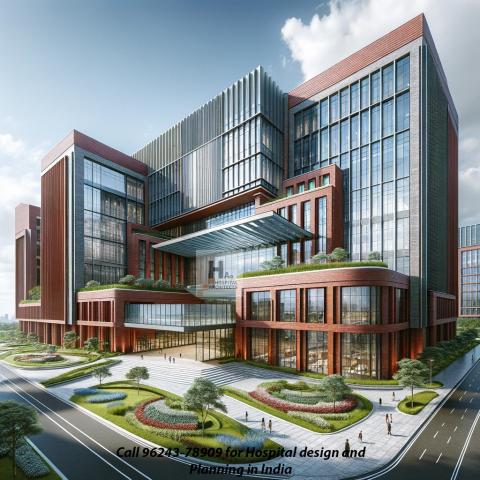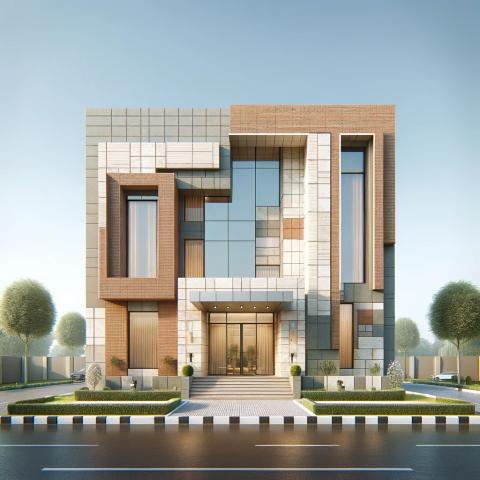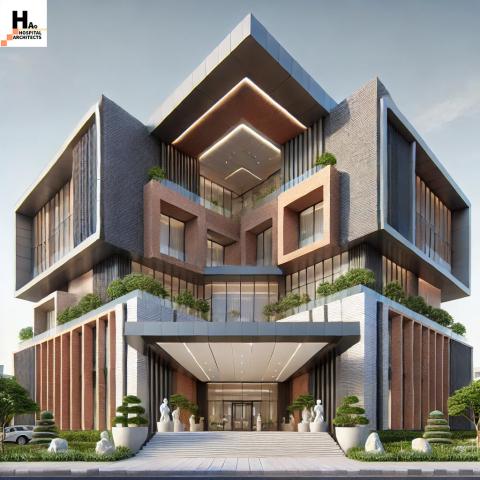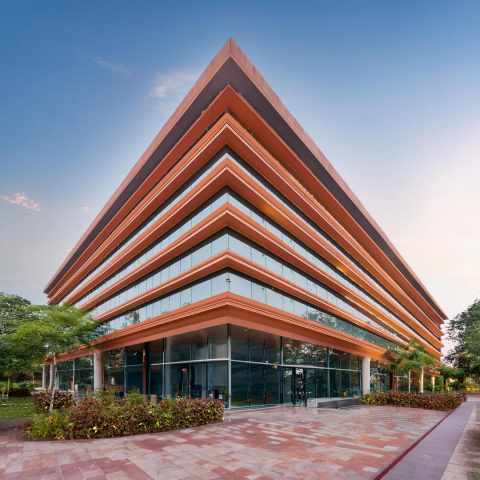Elevating the Patient Experience: The Role of a Hospital Designer: call +91-9898390866
As the landscape of healthcare continues to evolve, the focus on providing an exceptional patient experience has become paramount. One crucial aspect of creating a patient-centered environment is the role of a hospital designer. These talented professionals are tasked with shaping the physical spaces where individuals seek care, ensuring optimal functionality, comfort, and aesthetics.
In order to truly elevate the patient experience, hospital designers must have an in-depth understanding of the unique needs and challenges faced by healthcare facilities. They work hand in hand with architects, interior designers, and healthcare providers to create spaces that promote healing, encourage collaboration, and foster a sense of calm.
From the layout of waiting rooms to the design of patient rooms, hospital designers meticulously consider every detail. They prioritize factors such as accessibility, privacy, and infection control, while also exploring innovative design solutions that can help reduce stress and anxiety for patients.
Ultimately, the role of a hospital designer goes far beyond simply creating visually pleasing spaces. They play a pivotal role in enhancing the overall patient experience, contributing to improved outcomes and patient satisfaction.
The importance of hospital design in patient experience
Hospital design plays a vital role in shaping the overall patient experience. The physical environment in which healthcare is delivered can have a significant impact on patient outcomes and satisfaction. A well-designed hospital can create a sense of calm, reduce stress and anxiety, and promote healing.
The layout and design of a healthcare facility can influence how patients perceive the quality of care they receive. A thoughtfully designed hospital can enhance trust, confidence, and overall satisfaction. It can also contribute to improved patient outcomes by creating an environment that supports the delivery of efficient and effective care.
The role of a hospital designer
Hospital designers are highly skilled professionals who understand the unique needs and challenges faced by healthcare facilities. They work closely with architects, interior designers, and healthcare providers to create spaces that are functional, aesthetically pleasing, and patient-centered.
A hospital designer's role goes beyond simply selecting colors and furniture. They must consider a range of factors, such as accessibility, privacy, infection control, and patient comfort. They collaborate with various stakeholders to design spaces that meet the needs of patients, healthcare providers, and staff.
Key considerations in hospital design
When designing a hospital, there are several key considerations that hospital designers must take into account. Accessibility is one of the most important factors to consider. Hospital spaces should be easily navigable for patients with mobility challenges, ensuring that they can access all areas of the facility without difficulty.
Privacy is another crucial consideration in hospital design. Patients value their privacy, especially in healthcare settings where personal information is shared and sensitive procedures are performed. Hospital designers must incorporate measures to ensure patient privacy, such as soundproofing walls, providing private consultation rooms, and designing patient rooms with adequate space for visitors.
Infection control is a top priority in healthcare facilities. Hospital designers must incorporate features that minimize the risk of infection, such as antimicrobial surfaces, proper ventilation systems, and strategic placement of hand hygiene stations. These measures not only protect patients but also healthcare providers and staff.
Enhancing patient comfort and well-being through design
Creating a comfortable and welcoming environment is essential for patient well-being. Hospital designers carefully select materials, colors, and lighting to create a soothing atmosphere that promotes relaxation and healing. They also consider the acoustics of the space, ensuring that noise levels are minimized to create a calm environment.
Patient rooms are one of the most critical areas in hospital design. Hospital designers aim to create rooms that are not only functional but also homely. They incorporate elements such as natural light, comfortable furniture, and artwork to create a sense of comfort and familiarity for patients during their stay.
Incorporating technology into hospital design
In today's digital age, technology plays a significant role in healthcare delivery. Hospital designers must incorporate technology into their designs to improve patient care and enhance the overall experience. This includes features such as electronic medical record systems, telemedicine capabilities, and smart room technologies.
Integrating technology into hospital design can streamline processes, improve communication between patients and healthcare providers, and enhance patient safety. For example, bedside tablets can allow patients to access their medical records, communicate with their care team, and control the room environment, providing them with a sense of empowerment and control over their care.
Creating functional and efficient healthcare spaces
Efficiency and functionality are essential aspects of hospital design. Hospital designers work closely with healthcare providers to understand their workflow and design spaces that support efficient care delivery. This includes carefully planning the layout of departments, ensuring optimal flow between areas, and providing adequate space for equipment and supplies.
Hospital designers must also consider the needs of healthcare providers and staff. Designing workspaces that are ergonomic and efficient can contribute to improved staff satisfaction and productivity. By creating spaces that support collaboration and communication, hospital designers can help foster a positive work environment for healthcare professionals.
Collaborating with healthcare professionals in the design process
Hospital designers collaborate closely with healthcare professionals throughout the design process to ensure that the final result meets the needs of both patients and healthcare providers. This collaborative approach allows for a comprehensive understanding of the unique requirements of healthcare facilities and enables designers to create spaces that support the delivery of high-quality care.
Healthcare professionals provide valuable insights into the day-to-day operations and workflows of the facility, helping hospital designers identify areas for improvement and innovation. By involving healthcare providers in the design process, hospital designers can create spaces that are tailored to the specific needs of the facility and its patients.
Case studies of successful hospital design projects
Several hospitals around the world have implemented innovative design solutions to enhance the patient experience. One notable example is the Maggie's Cancer Care Centres in the UK. These centers provide a warm and welcoming environment for cancer patients, with cozy lounges, private counseling rooms, and beautiful gardens. The design focuses on creating a non-clinical atmosphere and a sense of community, promoting emotional well-being and support.
Another successful hospital design project is the Cleveland Clinic's Taussig Cancer Center in Ohio, USA. The center features a patient-centric design with ample natural light, spacious waiting areas, and comfortable patient rooms. The design incorporates elements of nature, such as living walls and art installations, to create a calming and healing environment.
The future of hospital design and its impact on patient experience
The field of hospital design is constantly evolving, driven by advancements in technology, research, and patient-centered care. The future of hospital design holds great potential to further enhance the patient experience and improve outcomes.
One emerging trend is the use of virtual reality (VR) and augmented reality (AR) in hospital design. These technologies allow hospital designers and healthcare providers to visualize and experience the design before construction, enabling them to make informed decisions and identify potential design flaws. VR and AR also have the potential to be used as therapeutic tools for patients, providing immersive experiences that can reduce anxiety and pain.
Sustainability is another area of focus in hospital design. Designers are incorporating eco-friendly materials, energy-efficient systems, and sustainable practices to reduce the environmental impact of healthcare facilities. These sustainable design elements not only benefit the environment but also contribute to the well-being of patients and staff.
Conclusion: The transformative power of thoughtful hospital design
Hospital designers play a crucial role in shaping the physical spaces where healthcare is delivered. Their expertise in creating patient-centered environments can have a profound impact on the overall patient experience. By considering factors such as accessibility, privacy, infection control, and patient comfort, hospital designers can create spaces that promote healing, reduce stress, and enhance patient satisfaction.
As healthcare continues to evolve, the role of a hospital designer will become even more critical in creating innovative and efficient healthcare spaces. By embracing technology, collaborating with healthcare professionals, and incorporating sustainable design practices, hospital designers can contribute to improved patient outcomes and elevate the overall healthcare experience.
The transformative power of thoughtful hospital design cannot be understated. It has the potential to shape the future of healthcare, creating environments that prioritize patient well-being, support efficient care delivery, and ultimately improve the lives of patients and healthcare providers alike.
Elevating the Patient Experience The Role of a Hospital Designer,Hospital Designer, best Hospital Designer in india, best Hospital Designer in united states, best Hospital Designer in united kingdom,Best Hospital Designer in delhi, Best Hospital Designer in mumbai, Best Hospital Designer in hyderabad, Hospital Designer in india, hire Hospital Designer in india,Online Hospital Designer in canada, Hospital Designer in australia, Hospital Designer in africa,Hospital Designer in south africa,Hospital Designer in pune, Hospital Designer in nagpur, Hospital Designer in bangalore, Hospital Designer in bhopal, Hospital Designer in indore, Hospital Designer in kolkata


